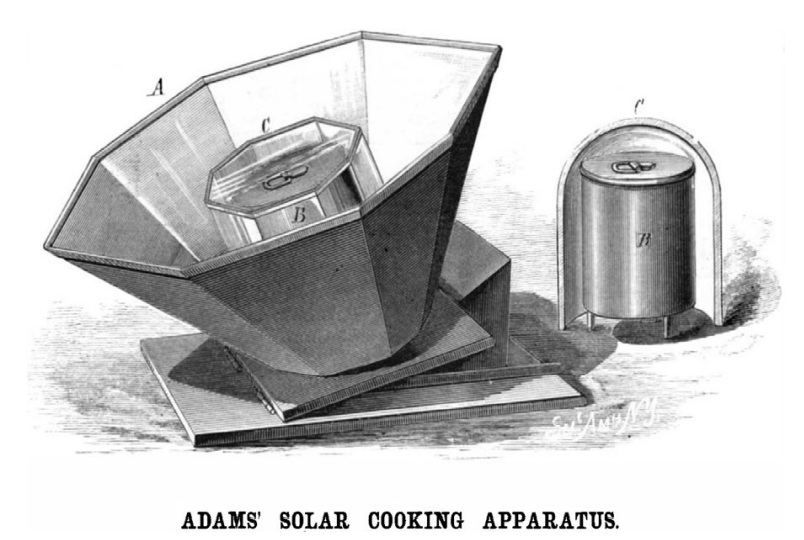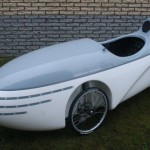“Solar energy often appears a technology without a history, perpetually new and oriented towards the future. This sense of perennial novelty has gone unchallenged by historians, who have generally neglected renewable energy outside the rich world and all but ignored solar energy everywhere. Left to industry professionals, solar history is typically narrated as a triumphalist tale of technical innovation centered in the global North. Such accounts often conflate solar energy with solar photovoltaics (PV) for direct electricity generation… It is tempting to draw a straight line from this innovation to the huge solar PV installations of the twenty-first century; India’s largest, Rajasthan’s US$1.4 billion Bhadla Solar
Park, sprawls across an area the size of Manhattan.”
“Rejecting the eschatology of climate change, such huge mega-projects have reignited the high-modernist idea of progress. They fuse an optimism about the possibilities of science, technology, and human innovation to deliver sustained improvements in economic production and the satisfaction of human needs. In this bright new age, endless rows of solar panels promise to square the circle of economic growth and environmental preservation by providing virtually infinite amounts of clean power for all—and empowerment for women to boot. These utopian ideas, the environmental humanists Imre Szeman and Darin Barney suggest, are coalescing into ‘one of the sharpest and most powerful of ideologies’ today…”
“After the oil shocks of the 1970s, activists in the rich world saw in the sun’s dispersed rays a revolutionary path towards a decentralized ‘energy democracy’, emancipating newly self-reliant citizens from the authoritarian infrastructure of the fossil-fuel-fired electric grid via rooftop solar panels or designer solar homes. Before this point, though, solar energy was more often pigeonholed as something much drabber. A postwar generation of experts cast solar as the ‘poor man’s energy’, to quote a phrase from the period’s best-known international advocate, arguing that the diffuse and intermittent quality of sunlight made it a second-best energy source suited to the scattered rural populations of ‘underdeveloped’ nations… Together these experts imagined solar not as a post-carbon energy source, but a pre-carbon parallel track for those left outside the modern energy economy—a substitute for firewood and dung rather than the abundant and flexible energy of fossil fuels and grid electricity…”
“In the contemporary rich world, going off-grid is framed as a choice. As this earlier episode suggests, though, for much of its history solar energy did not signify the empowerment of the high-tech ‘prosumer’, but spartan compromise with a low-energy past. The physical characteristics of solar energy—available in immense quantity, but diffuse, intermittent, difficult and land-intensive to capture—shaped expert assumptions about its appropriate deployment. In and for the arid tropics, it was seen less as a substitute for fossil fuels than a way to circumvent the expensive expansion of electric grids, marking an admission of the postcolonial state’s inability to deliver public power to the rural majority. Even after independence delivered regimes committed to rapid industrialization, research into solar technologies continued along a low-modernist parallel track. Not simply energy modernization but energy dualism was the pragmatic prescription of the day: large infrastructures for industry and cities, cheap and simple devices for the vast hinterlands of the rural poor. The result was a two-tier energy system, structured by hierarchies of town and country, class, race, and the traditionally gendered division of household labour.”
Read more: Chatterjee, Elizabeth. “The poor woman’s energy: Low-modernist solar technologies and international development, 1878–1966.” Journal of Global History (2023): 1-22.






